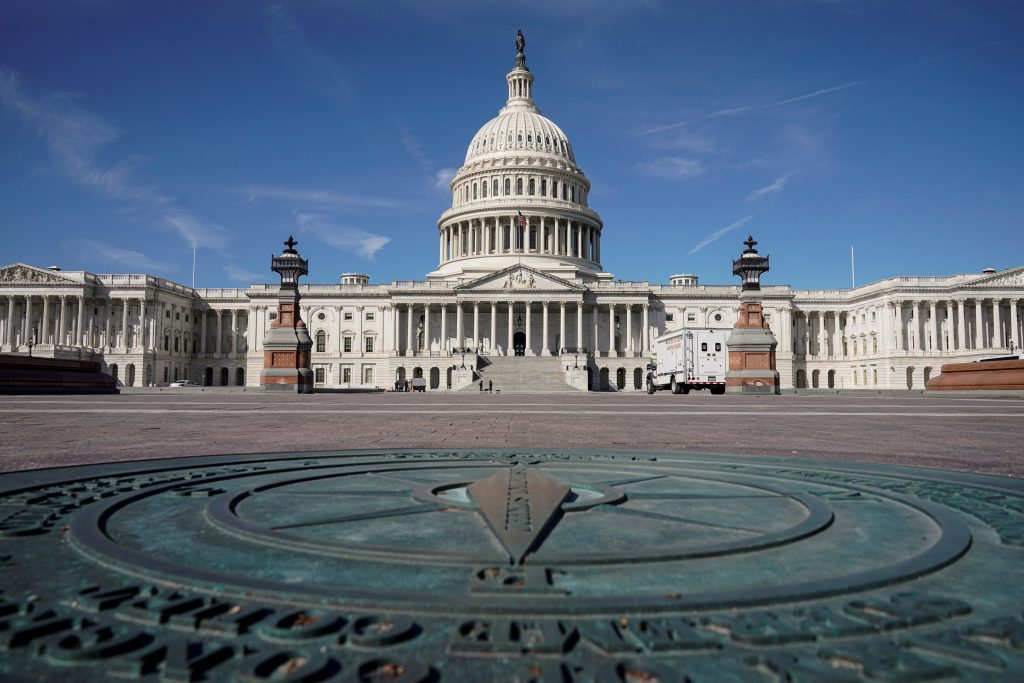Senators: Quicker Action Needed on Safety Rules

Government regulators are taking too long to write new rail safety regulations in light of recent fiery oil train accidents and a deadly commuter train derailment, senators complained Thursday.
Railroads are also taking too long to implement safety improvements Congress ordered under legislation passed seven years ago, lawmakers said at a hearing before the Senate’s surface transportation panel.
Sen. Richard Blumenthal (D-Conn.), the panel’s chairman, said he is “disappointed and disturbed by some of the delays and failures in rulemaking and scrutiny.”
“One of the things we’re going to do here is impose accountability,” he said.
Cynthia Quarterman, head of the Pipeline and Hazardous Material Safety Administration, said her agency is working as fast as possible to draft new standards for tank cars used to transport crude oil. She said it takes time to address the more than 100,000 public comments the agency has received, as well as fulfill other requirements of the federal rulemaking process.
The cars, known as DOT-111s, were involved in explosions and fires following derailments of oil trains near Casselton, N.D., in December and Lac-Megantic, Quebec, just across the U.S. border, in July. Forty-seven people were killed in Lac-Megantic and much of the town center destroyed. The North Dakota accident occurred a half mile from Casselton, causing the evacuation of more than 2,000 people.
U.S. freight railroads transported about 415,000 carloads of crude in 2013, up from just 9,500 in 2008, according to government and industry figures. The increase is overwhelmingly due to the fracking boom in the Bakken region, which is mainly in North Dakota, but also extends into parts of Montana and Canada.
This article appeared in print on page 5 of edition of Hamodia.
To Read The Full Story
Are you already a subscriber?
Click "Sign In" to log in!

Become a Web Subscriber
Click “Subscribe” below to begin the process of becoming a new subscriber.

Become a Print + Web Subscriber
Click “Subscribe” below to begin the process of becoming a new subscriber.

Renew Print + Web Subscription
Click “Renew Subscription” below to begin the process of renewing your subscription.





